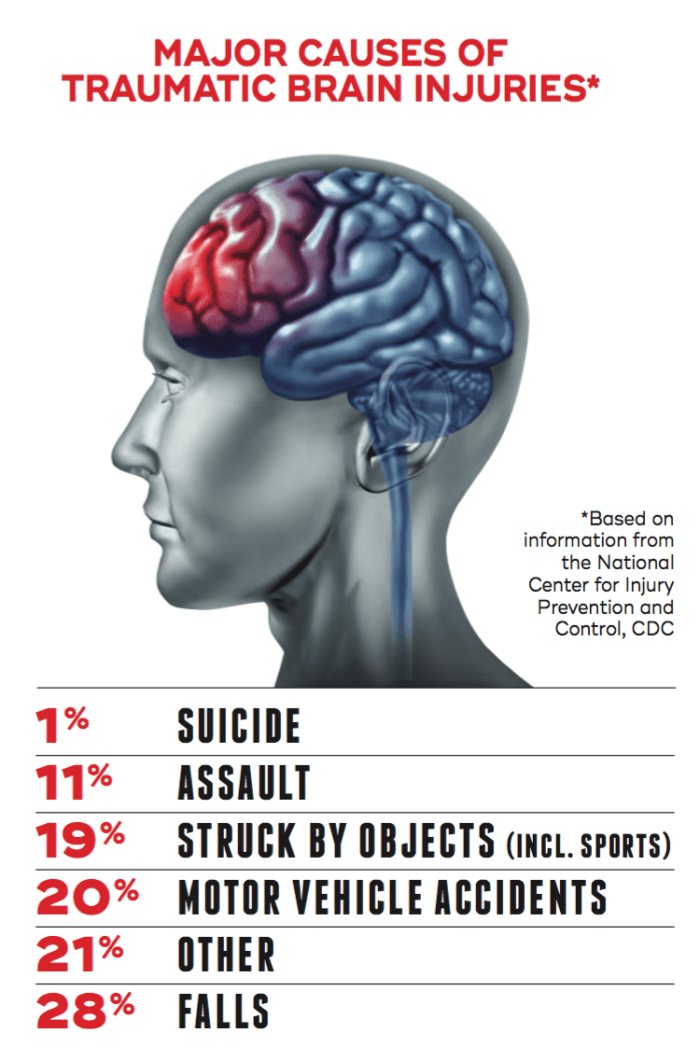
#Types of trauma how to
They may also feel as if they have been coerced or powerless to prevent the trauma.One might begin to ask How to Live with Complex PTSD or how to treat ptsd. Repetitive trauma refers to trauma, which has been repeated over a period of time and is often part of an interpersonal relationship where someone might feel trapped emotionally or physically. The second type of trauma involves more complex trauma, which may have been experienced as part of a childhood traumatic experience or early stages of development. A condition related to big T trauma or Type 1 trauma is Post Traumatic Stress Disorder (PTSD). They can be referred to as big T trauma, shock, or acute trauma. Type 1 refers to single-incident traumas which are unexpected. Being able to categorize trauma in this way allows therapists and other mental healthcare professionals to treat the patient more directly. Trauma is divided into two major categories largely based on duration. With treatment, people can address the root cause of the trauma, and find constructive ways to manage their symptoms. Not everyone who experiences a stressful event will develop trauma, and some people will develop symptoms that resolve after a few weeks, while others will have more long-term effects. Trauma can cause a wide range of physical and emotional symptoms. It could also be childhood neglect, domestic violence, or even an emotionally abusive relationship. Examples include being in a war zone, surviving a natural disaster, or a car accident. Psychological trauma is a response to an event that a person finds highly stressful. It is very subjective, and it is important to bear in mind that it is defined more by its response than its trigger. Traumatic situations that cause post-trauma symptoms vary quite dramatically from person to person. The event need not rise to the level of war, natural disaster, nor violence to affect a person profoundly and alter their experiences.


While there are no objective criteria to evaluate which traumatic event will cause post-trauma symptoms, circumstances typically involve the loss of control, betrayal, abuse of power, helplessness, pain, confusion and/or loss.

#Types of trauma full
Trauma is the response to a deeply distressing or traumatic event that overwhelms an individual’s ability to cope, causes feelings of helplessness, diminishes their sense of self and their ability to feel a full range of emotions and experiences. All trauma victims when ready should seek out help through therapy or even online therapy. But, those numbers are just for instances that have been reported the actual number is probably much higher.
#Types of trauma manual
That number rose to 70% when the group was limited to people experiencing core disorders as defined by the DSM-IV (the classification found in the Diagnostic and Statistical Manual of Mental Disorders, 4th Edition). In fact, a World Mental Health survey conducted by the World Health Organization found that at least a third of the more than 125,000 people surveyed in 26 different countries had experienced trauma. Unfortunately, different types of trauma does not discriminate across sex, ethnicity, or geography.


 0 kommentar(er)
0 kommentar(er)
